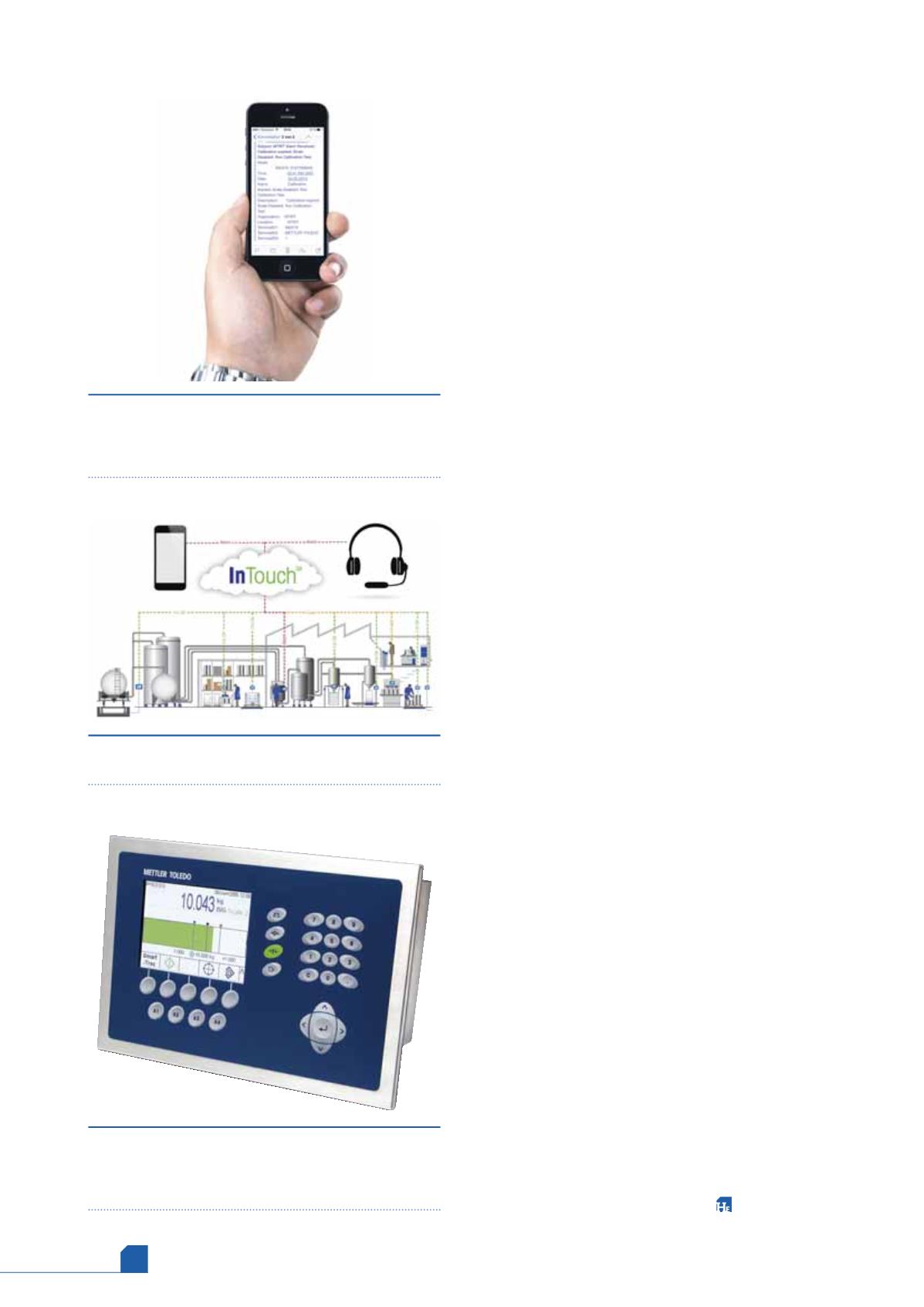
March
2017
HYDROCARBON
ENGINEERING
96
right network security in place to ensure safe, reliable,
encrypted communications. This helps to maintain system
integrity, conceal data from unauthorised parties, and
authenticate user action.
Ensuring secure communications
Each production plant will have its own security policies
and network protection in the form of firewalls, proxy
servers and addressing schemes, so any remote monitoring
solution must support a customer’s desired level of
security, providing granular user rights control and offering
auditing and tracking capabilities. Additionally, if a remote
service offering requires changes to an operator’s network
protection, it will likely fail to gain acceptance. Therefore,
it is important to ensure that any solution contemplated is
highly flexible and able to:
Support the way a customer’s IT organisation manages
security operations, policies, or procedures.
Adhere to accepted industry standards.
Control user access in compliance with established
security models.
Excessive care must be taken to ensure that no
sensitive customer data collected in the data set is
delivered to the third party monitoring enterprise.
Policies must be established to guide the types of actions
that can be performed on the device, such as data
collection and software updates, as well as establish
when they can be performed. Additionally, service
providers must only gather the data necessary to monitor,
diagnose and troubleshoot the equipment in question to
avoid security breaches. Under no circumstances should
this data be transferred, sold or disclosed to unauthorised
third parties.
Furthermore, the enterprise system should create a full
audit trail that documents every activity and event from
intelligent devices and remote support users. The audit log
contains information about user interactions within the
system and machines. All logged data should not be
removed from the system in order to maintain a complete
record of who carried out what, when, and against which
devices. True two-way communication protected by a
robust audit trail can help ensure a secure and successful
remote service monitoring experience.
Conclusion
As long as security is handled well, intelligent load cells are
the future of the automated weighing technology that
enables safe, profitable processing in industries such as oil
and gas. Continuous load cell monitoring via on-board
microprocessors converts analogue signals so that they are
transferred digitally, without signal loss and the attendant
potential for inaccuracy. Perhaps most importantly,
minute-to-minute data capture about load-cell
performance allows decline, or outright failure, to be
identified and corrected quickly, often via remote servicing.
With the excellent quality enhancing capabilities
offered by intelligent weighing sensors, accuracy is all but
ensured. The ultimate benefits are overall improvements in
quality and productivity that not only protect margins but
enhance profits in the Industry 4.0 age.
Figure 5.
Cloud-based remote services make
maintenance easy and reduce downtime.
Figure 6.
Weighing terminals provide diagnostic
information for predictive maintenance to the
operator and can simultaneously forward them to a
remote service provider.
Figure 4.
Intelligent load cells detect faults
immediately. A message can be sent to the control
centre, a production manager’s smartphone or an
external service provider for remote maintenance.








